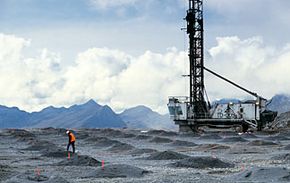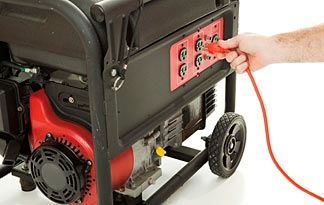After the charges are set off, a highly pressurized liquid fracking solution is sent down the well. This solution breaks up the rocks, releasing the natural gas. Since the gas is lighter than the fracking solution, it rises to the top of the well for capture.
While this sounds easy enough, there are still some controversies surrounding natural gas drilling. Some people argue that it releases dangerous chemicals into the groundwater and can contaminate drinking water and agricultural water. Also, once the fracking solution has been used, it’s filled with toxic chemicals. Sometimes it can be recycled for other fracking operations.
Now, the next time you relax in a toasty warm house heated by natural gas, you’ll know where it comes from.
This article was updated in conjunction with AI technology, then fact-checked and edited by a HowStuffWorks editor.


